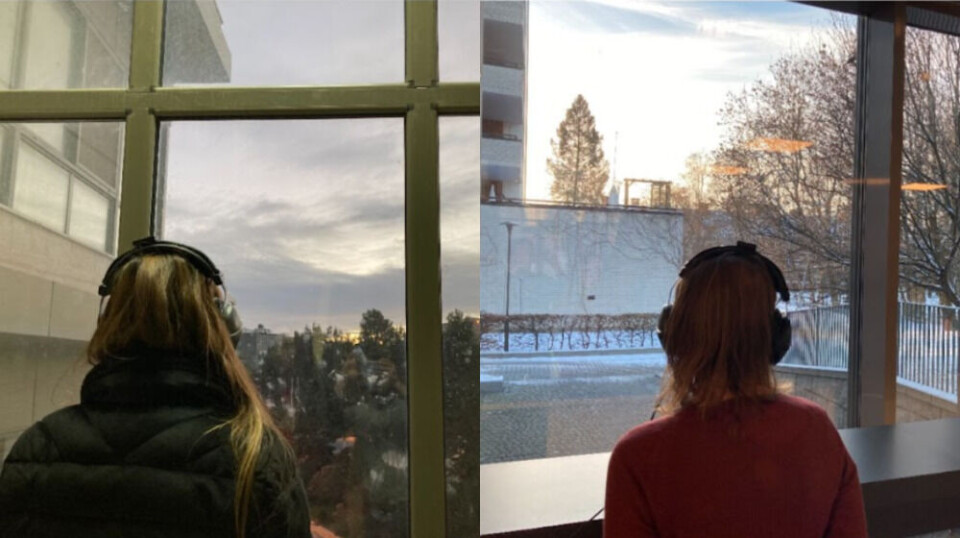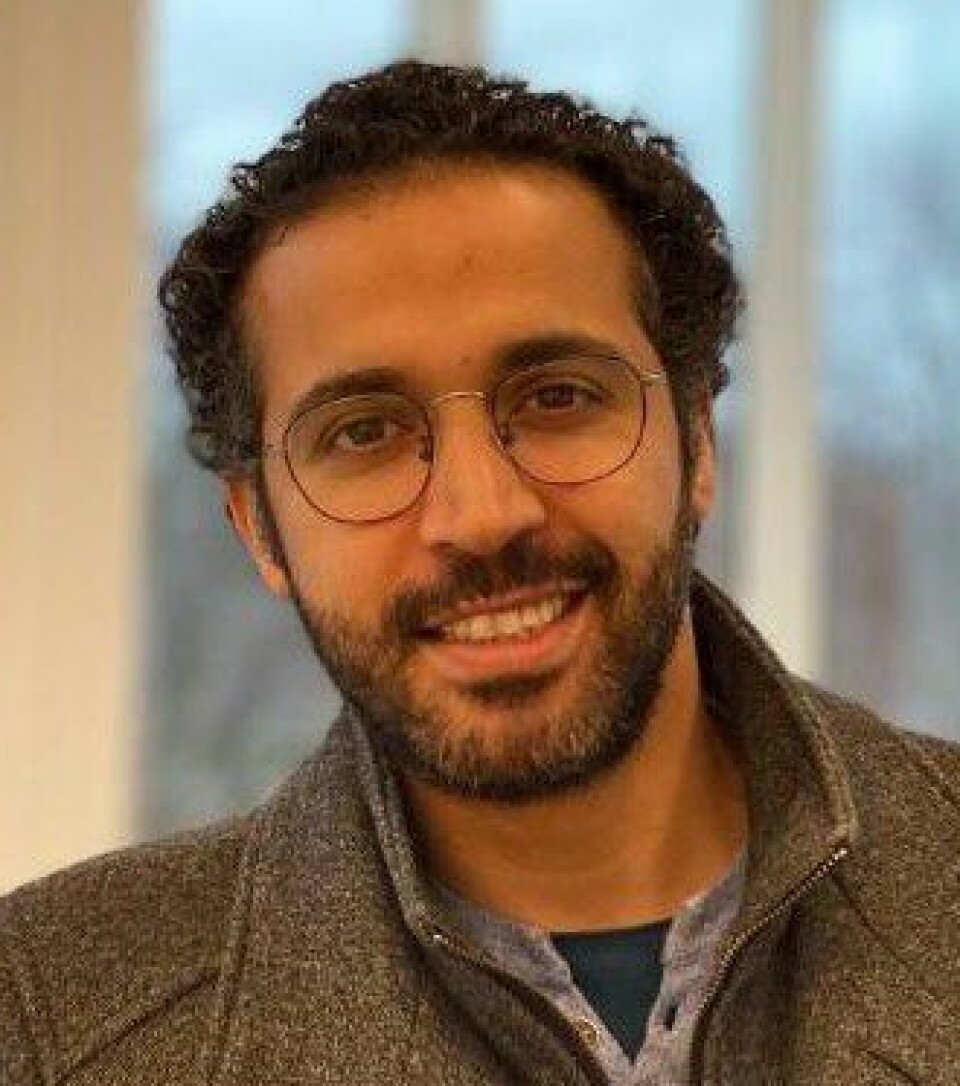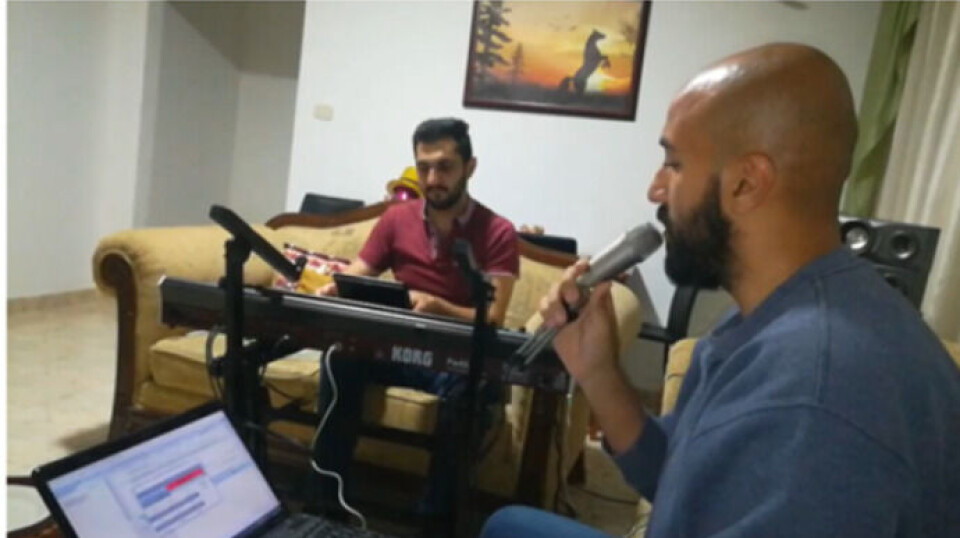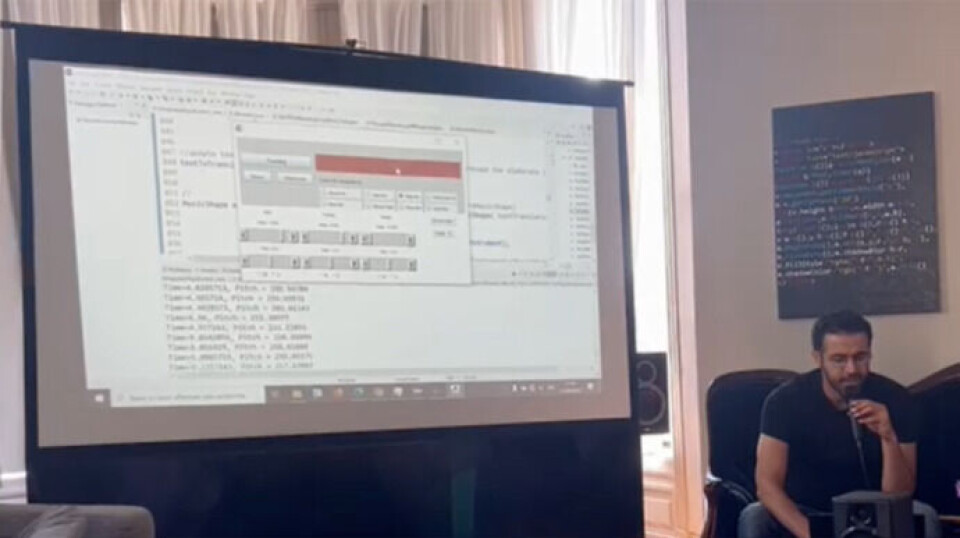THIS CONTENT IS BROUGHT TO YOU BY University of Oslo - read more
How a researcher is working to preserve Arabic music
Today's music technology favours Western pop music. This is something Fadi Al-Ghawanmeh wanted to change.

AI’s growing presence in the music industry has raised alarm bells among those seeking to preserve musical diversity.
Researcher Fadi Al-Ghawanmeh has worked to prevent maqām, the traditional Arab musical practice tied to improvisation, from disappearing.
“Over time, we have seen Arab music come under threat from technology. Western-centric solutions have inadvertently contributed to a production bias and, consequently, a skewed musical taste within the Arab community,” he says.

More than ebony and ivory
As a young musician in his native country Jordan, he was introduced to MIDI (Musical Instrument Digital Interface), an industry standard established in 1983.
MIDI records notes in a digital format, allowing synthesisers, drum machines, and other electronic instruments to communicate.
But only Western notes are included: those we know as the black and white keys on a piano.
Maqām has tones that fall between these notes, so-called microtones.
“Since MIDI does not readily support the microtones in maqām, people – including musicians – have started to lose them,” says Al-Ghawanmeh.
Created a dataset of Arab music
With AI-generated music, the threat is even greater. Today’s AI models are based on datasets mainly containing Western music.
Al-Ghawanmeh decided to create a new dataset.
Together with local musicians in Amman, the capital of Jordan, he captured hours of musical improvisations and developed a tool to convert them into textual datasets.
He then created a machine learning model to generate music based on the dataset.
Al-Ghawanmeh also wanted to investigate how listeners in Oslo and Amman reacted to maqām music. He wished to gain further knowledge about how maqām can live on – even in cultures where the genre is not well known.

Tiny body movements revealed musical preferences
Participants in Oslo and Amman – 60 in total – listened to an eight-minute improvisation while wearing headphones equipped with built-in accelerometers. These are sensors that detect body motion. Subtle movements may occur unconsciously when we listen to music.
“Previous research has shown a link between movement and musical experience. By collecting participants’ feedback after they listened and comparing their responses with the data from their body movements, we were able to confirm this connection,” says Al-Ghawanmeh.
In both Oslo and Amman, movement increased in response to musical tension and rhythmic percussion. However, participants in Oslo moved significantly less than those in Amman.
According to Al-Ghawanmeh, this is not surprising.
“For people in Amman, maqām music is familiar, which makes them more likely to engage with it physically,” he says.

The familiarity of a bell sound
At certain points, however, the accelerometer registered greater movement peaks in Norway than in Jordan. This was during a bell sound that was repeated several times throughout the piece.
“One of the listeners in Oslo said the bell reminded him of Christmas. It’s likely that others felt the same. It was December at the time, and the listeners were in a room with large windows overlooking a snowy forest. Recognising certain elements in unfamiliar music can lead to enhanced engagement,” explains Al-Ghawanmeh.
He adds that our bodies tend to respond to sounds we recognise.
“We don't know for sure the exact reasons, but it’s likely that familiar sounds trigger memories, which in turn evoke emotions,” he says.
According to Al-Ghawanmeh, adding familiar elements to a piece of music can increase its appeal, even if the genre or style is otherwise unfamiliar.
The music can be adapted to the listener
While artists can observe their audience’s reactions and adjust their music accordingly, AI tools can use accelerometer technology to adapt music to the listener’s movements and in this way increase its popularity.
There are already apps available that use such technology, for instance by adjusting the speed of workout music to your movements.
“We may like it or not, but this is part of our future. Machines are already taking over the music industry. I have worked to protect a music tradition that's suffering under this development,” says Al-Ghawanmeh.
“Technology is never neutral”
Alexander Refsum Jensenius is a professor of music technology, head of RITMO, and one of Al-Ghawanmeh's supervisors. He expressed enthusiasm about the creation of an open and accessible maqām dataset.
“Technology is never neutral. Every tech tool carries the cultural values and preferences of its creators. Maqām is a rich musical tradition, but because Western research dominates the field, it's underrepresented in music datasets. That's why this work is so important,” he says.
Reference:
Al-Ghawanmeh, F. Ṭarab and AI: Maqām Music Generation through Machine Translation and Motion Capture, Doctoral dissertation at the University of Oslo ,the University of Lorraine in France, and the University of Jordan, 2025.

This content is paid for and presented by the University of Oslo
This content is created by the University of Oslo's communication staff, who use this platform to communicate science and share results from research with the public. The University of Oslo is one of more than 80 owners of ScienceNorway.no. Read more here.
More content from the University of Oslo:
-
Researcher: "AI weakens our judgement"
-
New, worrying trend among incels, according to researcher
-
Ship’s logs have shaped our understanding of the sea
-
New study: The dilemma of copyright in the Global South
-
How your lifestyle affects your risk of bowel cancer
-
Muslims were pagans, according to the Norse sagas




































